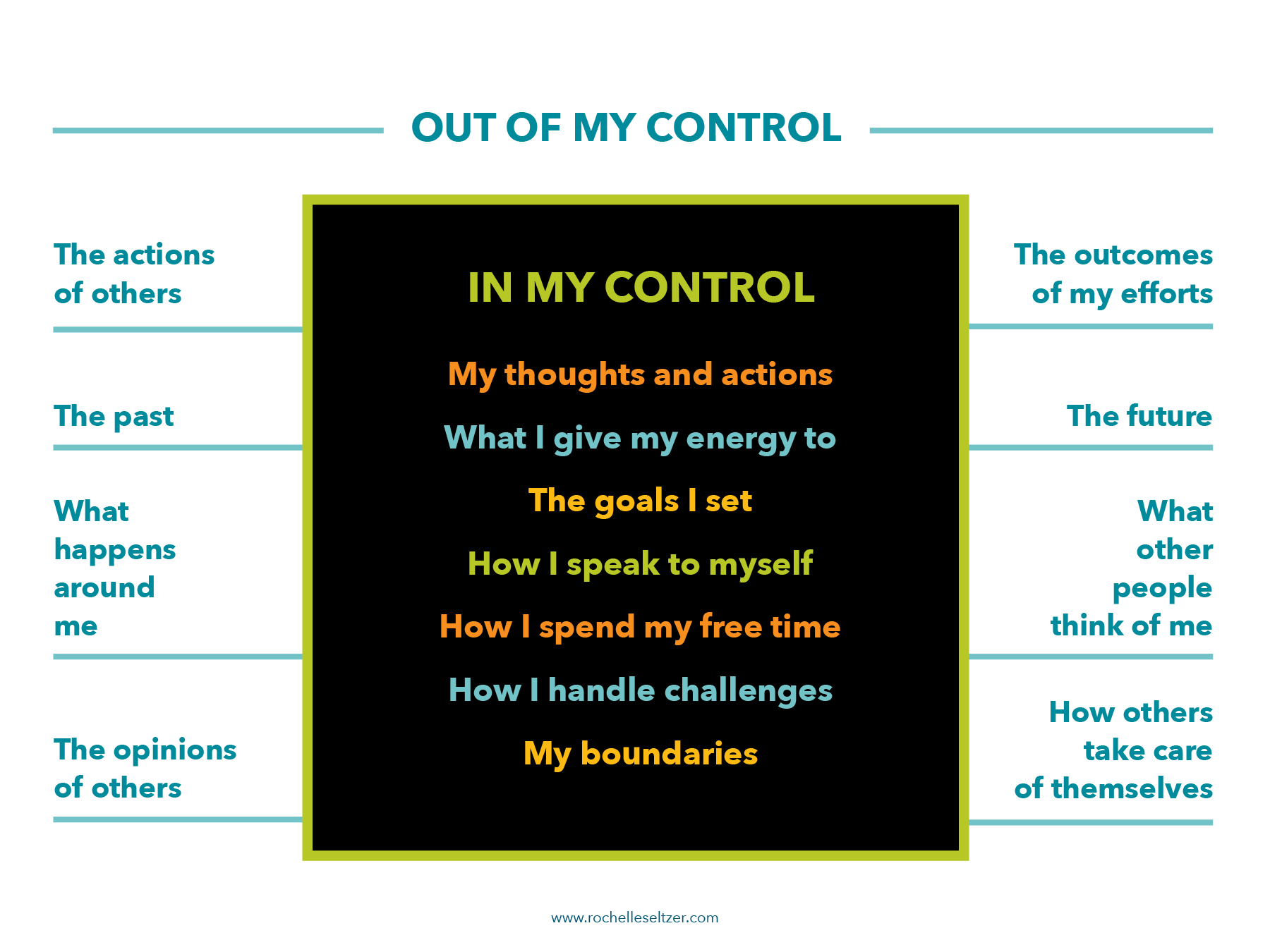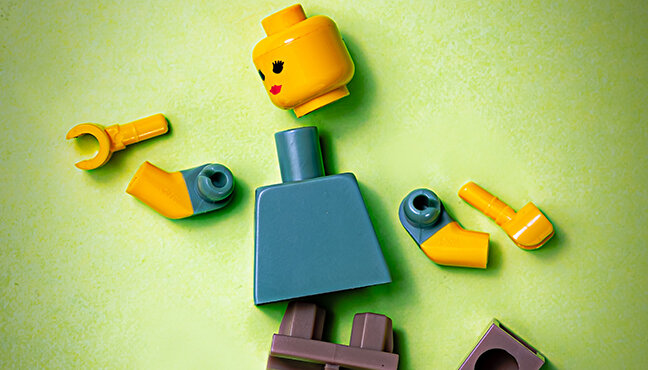Healthy ways to process and release anger
/When I wrote about fear last week, there was a big response to the ideas I shared about ways to move ahead when that emotion shows up. (If you missed it, you can check it out here.)
Much like fear, anger can grip any of us from time to time, and can be short-lived or sustained.
Anger is normal, and it’s important to feel and respect it in order to deal with it.
And, it’s important to address it, because anger can be destructive, leading to resentment and ongoing suffering.
The grip of anger
When anger sets in, it’s hard to think clearly, or stand in your power, or show up in ways that are best for you.
Anger rarely just melts away. When it festers it is like a poison in your system.
You may not even be aware of the cause. You may feel concerned about what your best course of action can be.
And so, it’s common to hold on to anger. And letting anger fester is not in your best interest.
How to process and release anger
Step one, when you feel angry, is to take a deep breath and tune in to what you are experiencing. You also want to identify the underlying cause that has brought on your reaction.
Sometimes you feel quietly angry, sometimes quite furious.
Sometimes you know why you are angry, but you may sometimes not be so sure.
If you feel upset and cannot pinpoint what is bothering you, it’s important to first get clear. From there, you can employ effective ways to move ahead more positively.
Pinpoint the what and why
Here are two ways to gain clarity about just what is bothering you.
Make it visual
Pull out paper and crayons. (If you don’t have any around, you can get them in the school-supply section of your nearby drug store).
Simply draw what the anger feels like. Add words if you like, Use the colors that show how you feel. Make marks and images that show the emotion.
Make it as ugly or intense as the anger you feel.
Use the Discovery Dozen™
You may already know how to use the Discovery Dozen™ exercise, that’s a key tool I work with and is included in my book.
If you don't know how the Discovery Dozen works, you can download a quick guide to using it.
You could start with this fill-in-the-blank sentence:
“Right now I feel angry/furious/enraged because…”
Quickly add an ending to that sentence root, and keep doing that 12 times, for 12 different full sentences. Then look over what shows up.
Next you have an opportunity to drill down deeper, and do another Discovery Dozen. Try it.
You can choose from your answers in the first list of completed sentences and use this structure for a new Discovery Dozen:
“The thing that makes me angriest about [the thing you picked from your first round of sentence endings] is…”
You may want to use this second Discovery Dozen over again, selecting a different response from your first list of sentences. When you write quickly, insights that were not top-of-mind are likely to show up.
By using both the visual and written methods, you will likely have new awareness.
And the acts of creating in these ways may help you begin to feel better, too.
Release anger and free your spirit
When you are angry and you know what the cause is, it may feel frightening.
You may feel afraid to express it.
You may try to push it aside, or stuff it down.
Doing that rarely works for long, and can build the intensity of your anger. When that happens, anger may burst out and cause a new round of emotional distress.
There are safe ways to release the emotional intensity of anger, so that you can take a thoughtful approach and move forward.
Here are some options to consider:
Try physically moving the angry energy
Pull out a pillow and beat it (against a bed, or any surface that will not be harmed). Shout as you do it. Repeat for as long as you need, to feel that you have drained the pent up negative energy.
Write furiously — vent it all on paper.
Go for a run, or do an intense workout.
Talk to a trusted friend, coach or advisor
It’s easy for intense emotions like anger to highjack your thoughts, where they loop endlessly.
When you turn to someone who can listen and support you to think calmly, you can more easily find clarity. They may be able to help you identify aspects you did not see on your own, gain perspective, and help you plan for what you can or want to do next.
You may want to follow these steps with mediation or yoga, to support you to think clearly about a conversation to have or an action to take that can address the situation that brought the anger on.
Being on the other side of anger
Having attended to your anger you, you will be able to create a positive path forward.
Whether that is having a meaningful and constructive conversation, initiating a new way of interacting with someone, feeling clearer about your feelings and reactions, being able to forgive someone, or feeling able to release the anger completely, you will have new tools available for the next occasion when anger appears.






